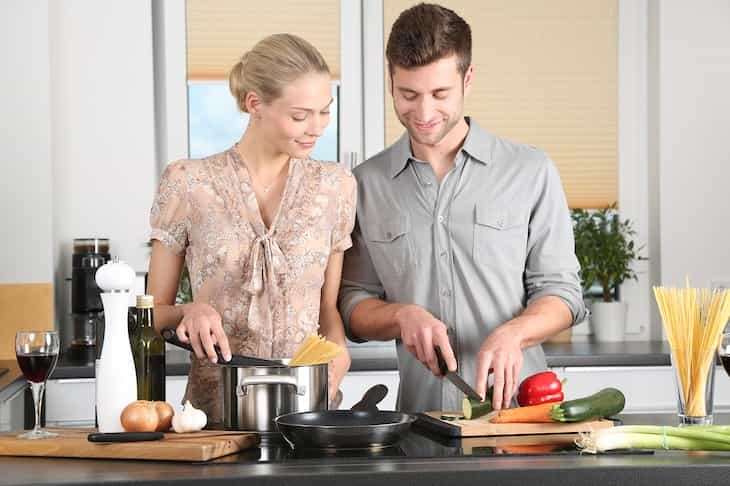Cooking demonstrations and recipes can help people eat healthier and try new foods.
A study found that peer educators can provide valuable feedback through a home-use testing method.
Let's find out more about how it works.
It takes time
The process of developing recipes involves evaluating how the food looks, smells, tastes, feels, and its flavor.
While laboratory settings are ideal for consistent evaluation, it can be difficult and expensive to bring peer educators to a central location.

Peer educators are important in recipe development because they have close ties to the community and are involved in recipe demonstrations.
In the study, 40 peer educators chose from eight recipes and prepared them over a four-week period.
They received detailed recipes and non-perishable ingredients, but had to buy the perishable ones.
They completed two surveys for each recipe, one before preparing it and one after.
The first survey asked about their perception of the recipe's title, appearance, flavor, texture, and likelihood of preparing it at home or for Food Talk, an educational program.
The postsurvey asked similar questions after they had tasted the recipe.
The study found no significant difference in overall liking or acceptance of the recipe between the surveys.
Why it might be important
The presurvey gave insights into how the recipe was perceived beforehand, and the postsurvey helped gather suggestions for modifications based on cultural preferences or cooking improvements.
Using surveys to evaluate recipes in community nutrition settings shows promise, and online processes may predict recipe performance without centralized testing.
Previously, we talked about bad dieting in adolescence.









